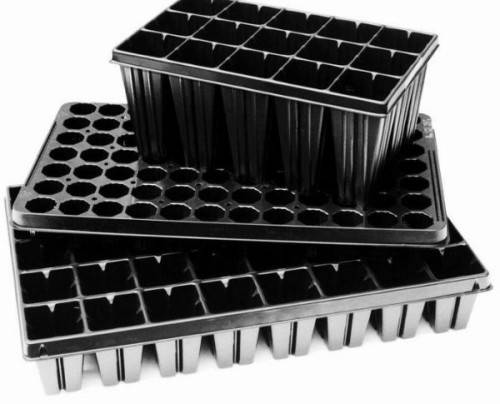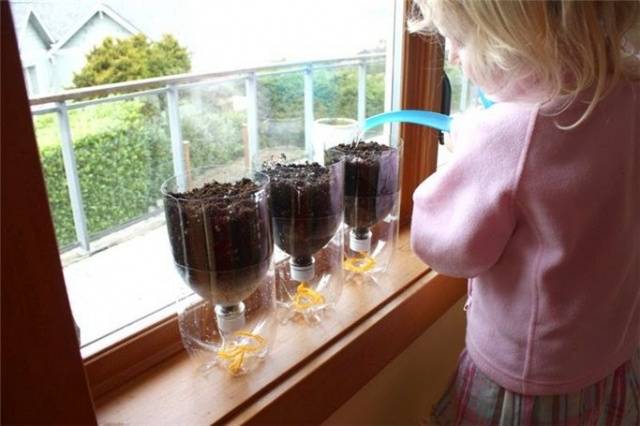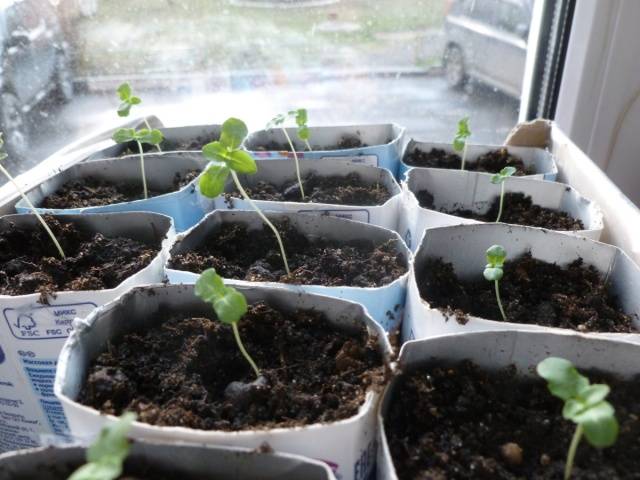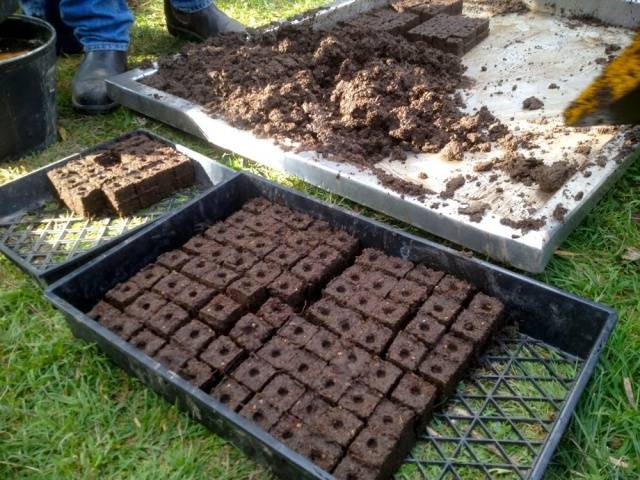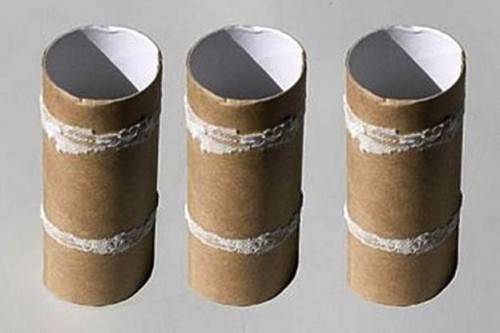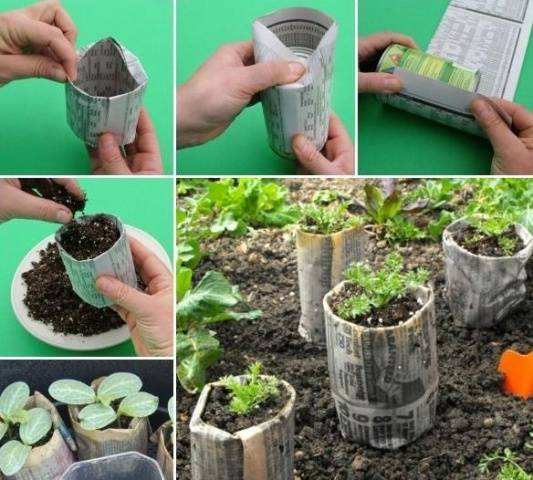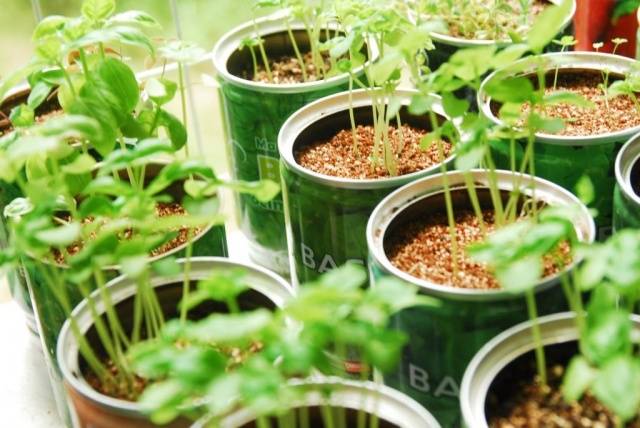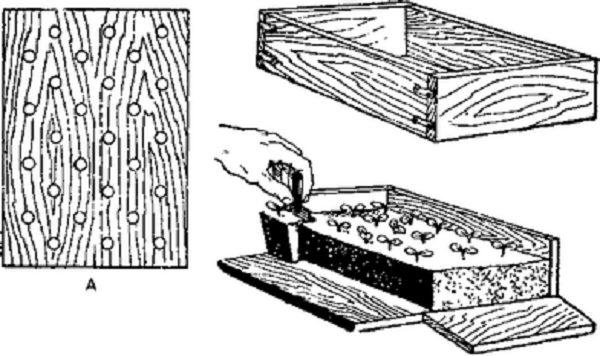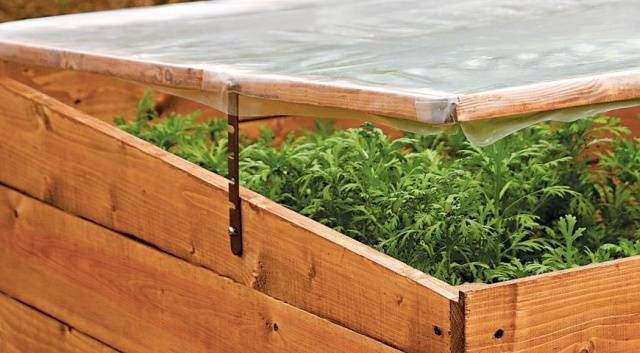Content
Most vegetable growers are engaged in growing seedlings at home. Sowing seeds is carried out in boxes. Any boxes available on the farm can be accommodated under the container. Special cassettes are sold in stores, but their disadvantage is the high price. Homemade seedling boxes can turn out no worse from factory products, you just need to turn on your imagination and put in maximum work.
Prefabricated cassettes
When growing different varieties, vegetable growers use a seedling box with partitions that divide crops into separate groups. If a homemade reusable container is difficult to make, you can visit a store. Prefabricated cassettes consist of a set of small cups welded together. It turns out a kind of box with many partitions. You can sow different crops or varieties into each glass without worrying about mixing them. Cassettes are produced from different types of plastic. The cups themselves differ in depth and shape. There are cassettes equipped with a pallet and a transparent plastic lid. The design allows you to make a mini greenhouse.
Homemade container for growing seedlings
To save money on the purchase of store boxes, vegetable growers resort to tricks. At home or in a landfill, you can always find cans, packs, plastic bottles. This is not garbage, but an excellent container for growing seedlings. If you group a set of containers, you get a homemade analogue of the cassette. Now we will look at the photo boxes for seedlings with our own hands, and also get acquainted with the secrets of their manufacture.
Plastic containers
Any plastic cannot be considered an environmentally friendly material, but if it is suitable for food, then it will not harm the seedlings. A homemade cassette can be made from beer glasses, containers for sour cream, yogurt. Even any PET bottles will do. You just need to cut off the top to get a jar 10 cm high.
It is inconvenient to rearrange one container on the windowsill. In addition, water will flow out of the drain holes after watering. The cups must be grouped so that you get a box for seedlings with a pallet, where excess moisture will be collected. The easiest option is to find a plastic container made of vegetables and place the jars inside. The sides and bottom of the box are lattice. To prevent water from flowing onto the windowsill after irrigation, the container can be placed on a regular table tray. He will play the role of a pallet.
If the cultivation of thermophilic seedlings requires the creation of a greenhouse, then when cutting a PET bottle, you should not throw away the upper part. After sowing the seeds, the top is pushed back onto the cup. By unscrewing and twisting the plugs, they regulate the flow of fresh air into the greenhouse.
Packaging from foil packs
The assembled box for seedlings with your own hands should be not only neat, but also well kept warm at the roots of the plants. Tetrapack paper boxes do an excellent job with this task. Containers for juice, milk and other drinks have a foil coating inside. It prevents the paper from getting soaked, plus it protects the contents of the tetrapack from sudden temperature changes.
For the root system of the seedlings, the foil cover will keep warm.The cold coming from the window glass will cool the soil less in nearby boxes with seedlings.
To make boxes for seedlings, tetrapaks are cut in half. You can use not only the bottom, but also the top. The cork from the tetrapak does not protrude much, which makes it possible to install the second half in a common container.
Homemade peat containers
Peat tablets or cups are convenient for growing seedlings. The grown plant is planted in the garden along with the container, which eliminates unnecessary trauma to the root system. It is expensive to buy peat glasses every year. If there is peat and humus at home, then the soil calcined in the oven is added to these ingredients, after which everything is mixed. They take the same proportions, add mineral fertilizer, water and make a batch.
The resulting pasty mass is spread in a layer 5 cm thick on any site. Drying should take place naturally in the shade. When the peat slab gets stronger, but does not dry out, squares with a side size of 5x5 cm are cut with a knife. A depression of about 2 cm is made in the center of each cube. The hole is needed for sowing seeds. The finished peat cubes are placed in plastic boxes with a lattice bottom. To collect water after watering, the container is placed on a deep tray.
Paper cups
Nice seedling boxes with cells will turn out if the container is filled with paper cups. The easiest way is to make a container from a cardboard tube cut into pieces, used for winding film, foil and other similar material.
If there is no such blank at hand, the cups are made from newspapers:
- As a template, take any deodorant bottle or a plastic bottle with smooth walls. Strips 15 cm wide are cut from newspapers. The length is 2–3 cm larger than the diameter of the solid base.
- A balloon or bottle is wrapped with a newspaper strip, and the joint is glued with glue. You can use scotch tape.
- A 10 cm of paper tube is left on the template, and the hanging 5 cm is folded to form the bottom of the cup.
The finished container can be removed from the template and you can start making the next glass. When the required number of paper containers is collected, they are placed in a plastic container, filled with soil and the entire box is placed on a pallet.
Container from cans
Any tin can is a great seedling container that you can place in a drawer. It is undesirable to use containers entirely. In the spring, when planting on a garden bed, it will be difficult to extract a plant with a lump of earth from a tin can.
To upgrade the glasses, you will need metal scissors. You will have to cut off not only the lower part of the can with the bottom, but also the upper part so that the rim does not interfere. It turned out to be a tin tube. Now, two cuts are made at the top and bottom, but the metal is not pushed apart.
Bottomless glasses are placed in a plastic container with a solid bottom, pushed tightly with soil and sowed. Excess water after watering will flow freely into the box. In the spring, when planting seedlings, they recall the incisions on the banks. The tin walls are pushed apart, the glass expands, and the plant with a lump of earth freely falls out of the container.
Collapsible container
A collapsible box for do-it-yourself seedlings is convenient because in the spring its parts are easily removed, and the seedlings, along with a lump of soil, gently fall out onto the garden bed. A good container will come from a drawer in an old cabinet. The plywood bottom is perforated with a thin drill and part of the fastening is removed. During the growing of seedlings, the box is constantly on the pallet. In the spring, the remaining fastening of the bottom is removed, and the plywood, along with the earth and seedlings, falls out, remaining neatly on the garden bed.
The video shows the process of making reusable cassettes:
Plank container
If you decide to assemble a reliable box for seedlings with your own hands from wood, you will need a pine edged board 20 mm thick. The container can even be used as a mini greenhouse, if you install a cover with film or glass. The optimal size of the box for seedlings is 1x2 m. The height of one side is 30 cm, and the other is 36 cm. The 6 cm drop allows you to make a transparent cover with a slope.
The box manufacturing process consists of the following steps:
- From a bar with a section of 40x50 mm, 2 blanks with a length of 30 cm and the same number of bars with a length of 36 cm are cut off. 6 blanks of 2 m for long shields and 6 blanks of 1 m for short shields are cut from the board.
- Two shields are assembled from bars and two-meter boards. These will be the long sides of the box. The height of one shield should turn out to be 36 cm, and the other - 30 cm. The extra 6 cm can be cut off from the board with a grinder, jigsaw or circular electric saw.
- Three short boards are screwed to the bars fixed on the boards on both sides with self-tapping screws. These will be the side walls of the box. Using the same power tool, the upper boards of short shields are cut off at a slope. The result is a rectangular box with a sloping top.
- The bottom of the container is not needed, but the lid on the wooden seedling box must be made. The frame is assembled from a bar. For reliability, corner joints are reinforced with jibs and overhead metal plates. The frame is fixed with hinges to the long side of the box, where the height of the shield is 36 cm. Window clamps are installed on the sides. The mechanism will help keep the lid open.
- The finished wooden box is treated with a protective impregnation, and after drying, it is opened with varnish.
In the spring, soil is poured into the box, seeds are sown, the lid frame is covered with transparent film, the box is covered and the seedlings are waiting for seedlings to sprout.
Outcomes
Plants need light to grow. To make a backlit seedling box, a fluorescent or LED lamp is fixed on the racks. A traditional incandescent light bulb will not work as it generates more heat than light.
